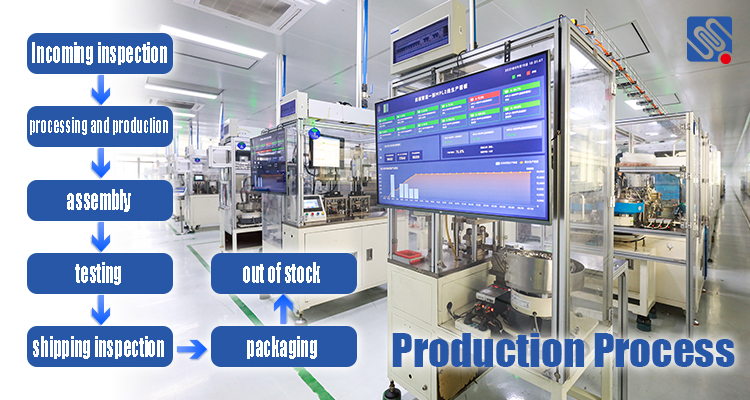Relay production plays a pivotal role in the modern world of automation, control systems, and electrical engineering. These small but powerful devices are integral in a wide range of applications, from household appliances to industrial machinery, ensuring that electrical circuits operate efficiently and safely. Understanding the intricacies of relay production is crucial for grasping how these components contribute to the functionality of various electronic systems.

A relay is essentially an electrically operated switch that uses an electromagnet to control a set of contacts. When current flows through the electromagnet, it creates a magnetic field that pulls a contact arm to close or open a circuit. This mechanism allows a low-power signal to control a high-power circuit, making relays indispensable in numerous applications that require safe, reliable, and efficient operation of electrical devices. Materials and Components The production of a relay begins with the selection of high-quality materials. The key components of a relay include the coil, contacts, armature, spring, and housing. The coil, often made of copper wire, is the heart of the relay. When energized, the coil generates a magnetic field that activates the relay. The contacts, typically made from silver or other conductive metals, are responsible for making or breaking the electrical connection. The armature and spring work in conjunction to ensure the contacts move smoothly, while the housing, often made of plastic or metal, provides physical protection to the components.
Leave a Reply
You must be logged in to post a comment.